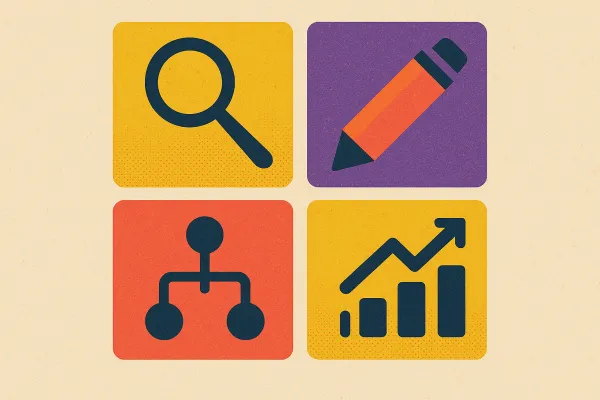What Is a Demand-Side Platform (DSP)?
A Demand-Side Platform (DSP) is a native ad technology platform that enables advertisers to purchase, manage, and optimize digital advertising inventory from multiple ad exchanges and supply sources, all from a single, centralized interface.
DSPs automate the buying process, using data-driven algorithms to target specific audiences and maximize campaign efficiency. Commonly used in programmatic advertising, DSP platforms allow advertisers to reach their target audience with precision by purchasing ad impressions in real-time.
How a DSP Works in Native Advertising
1. Data Integration
DSPs connect with various supply-side platforms (SSPs) and ad exchanges to provide access to a wide range of ad inventory across websites, mobile apps, and other digital platforms. This integration allows advertisers to reach diverse audiences through a single DSP platform.
2. Audience Targeting
Advertisers define their target audiences on the DSP platform, specifying criteria such as demographics, interests, location, and online behavior. The DSP uses this data to identify and target users who are most likely to engage with the ad content.
3. Real-Time Bidding (RTB)
DSPs participate in real-time bidding (RTB) auctions. When an ad opportunity becomes available, DSPs analyze whether it aligns with the advertiser’s targeting criteria. If it does, the DSP places a bid for the ad impression. The highest bid wins, and the ad is displayed to the user within milliseconds.
4. Ad Delivery and Optimization
Once a bid is won, the DSP ensures that the ad is delivered to the selected audience at the optimal time. DSPs use performance data to optimize ad delivery, adjusting bids, targeting, and creatives to maximize engagement and conversions.
5. Performance Tracking and Reporting
DSPs offer robust analytics and reporting tools that enable advertisers to monitor and assess the performance of their ad campaigns. By analyzing metrics like impressions, click-through rate (CTR), and conversion rate, advertisers can make data-driven adjustments to improve campaign performance.
Key Points about Demand-Side Platforms (DSPs)
- Centralized Management: Allows advertisers to manage and optimize ad campaigns across multiple platforms from a single interface.
- Data-Driven Optimization: Utilizes audience data and algorithms to enhance targeting accuracy and ad performance.
- Scalability: Provides access to extensive ad inventory and enables large-scale ad buying.
Examples of Demand-Side Platforms (DSPs)
- The Trade Desk: Known for its extensive reach and robust targeting options, ideal for native and programmatic ad buying.
- Adobe Advertising Cloud: A comprehensive DSP with cross-channel capabilities and strong integration with Adobe’s marketing tools.
- Google Display & Video 360 (DV360): Part of the Google Marketing Platform, DV360 offers a seamless connection to Google’s vast ecosystem of ad inventory and targeting options.
DSP Best Practices
- Define Clear Objectives: Set clear goals and KPIs for your ad campaigns to guide DSP optimization and strategy.
- Utilize Audience Data: Leverage detailed audience data to refine targeting and improve campaign effectiveness.
- Monitor and Adjust: Regularly review performance metrics and adjust bids, targeting, and creatives to optimize results.
Considerations
- Cost Management: Be mindful of the costs associated with DSPs, including platform fees and bid prices.
- Data Privacy: Ensure compliance with data privacy regulations when using audience data for targeting.
- Platform Integration: Choose a DSP that integrates well with your existing ad tech stack and supply sources.




